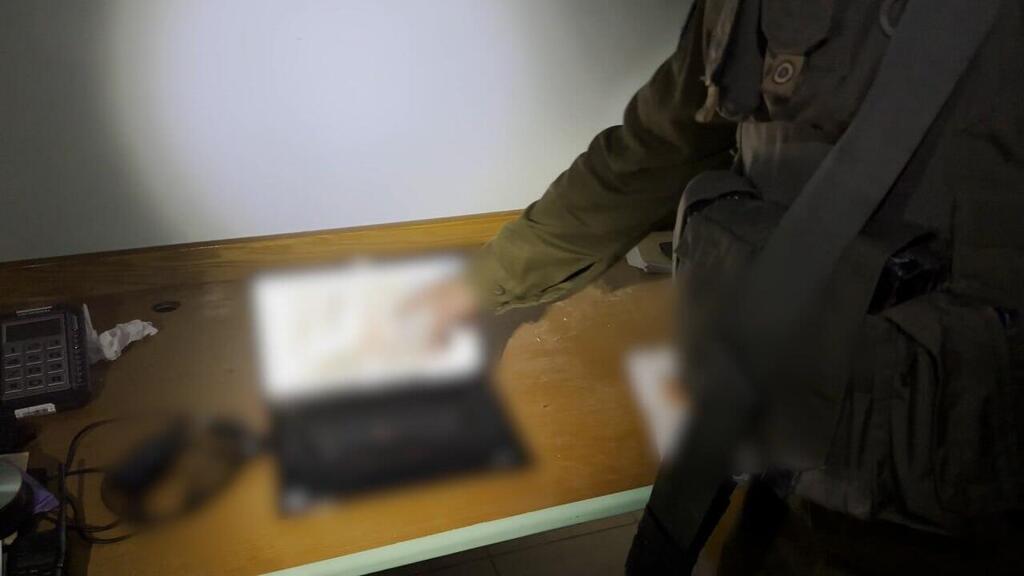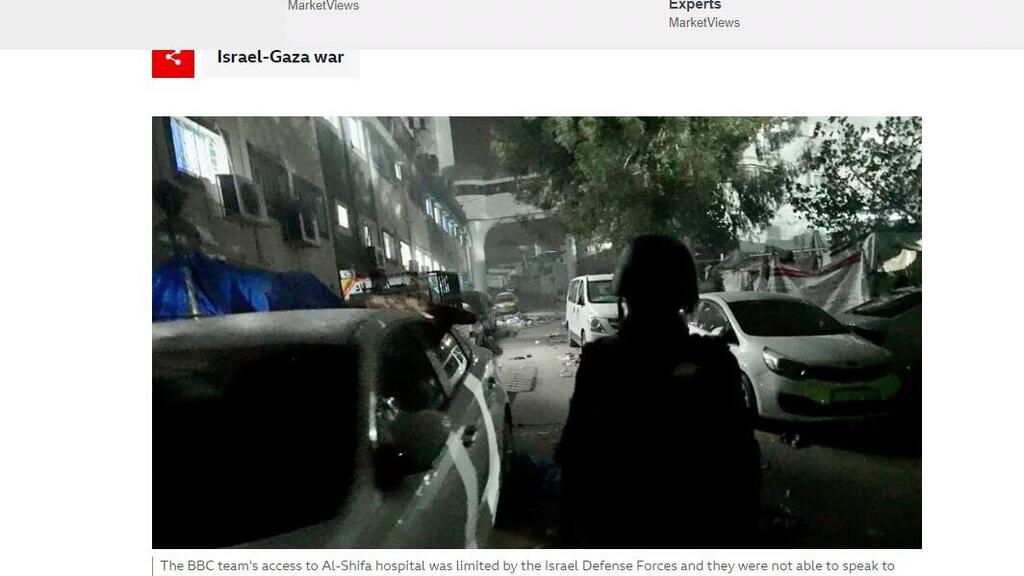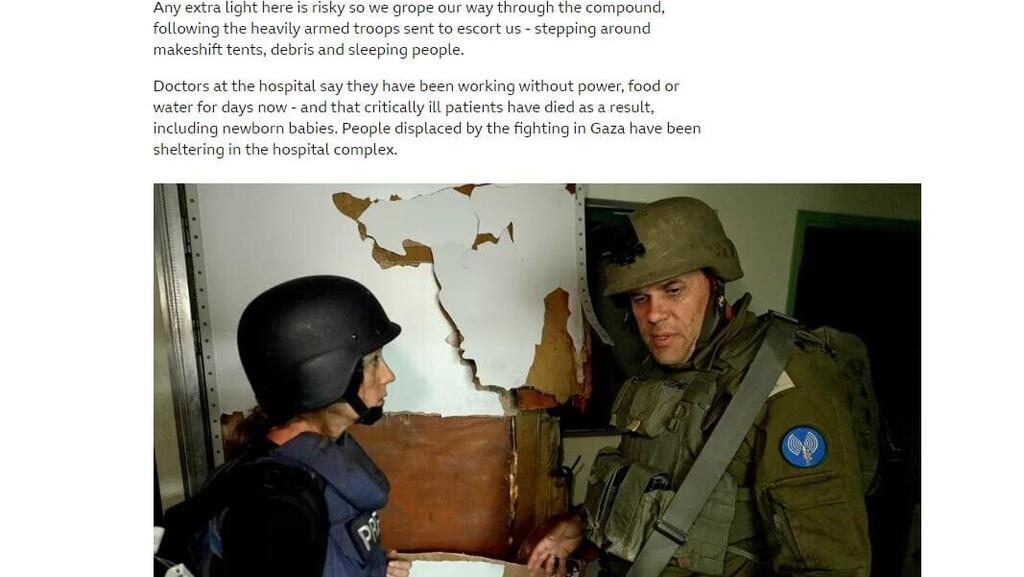Getting your Trinity Audio player ready...
The Israel Defense Forces found photos of the hostages taken into Gaza on October 7 on laptop computers in Al Shifa hospital, the IDF spokesman said on Thursday.
Read more:
IDF spokesman for foreign media, Jonathan Conricus told a BBC team that accompanied IDF forces raiding certain areas of Al Shifa hospital that the photos of some of the hostages found on the laptop computers at the hospital were taken after they were kidnapped to Gaza.
"We uncovered a lot of computers and other equipment which could really shed light on the current situation, hopefully regarding hostages as well," he said.
The military said that a photo of Or Magidish, the IDF soldier freed from captivity by forces at the start of the ground incursion into Gaza, were found on a laptop in the Hamas command center at Shifa Hospital. The photos were posted online before October 7.
Conricus showed to the reporters three stockpiles of Kalashnikovs, ammunition and vests, along with grenades and 15 rifles. He said that military brochures were found, among others from the military wing of Hamas, as well as leaflets - and a map showing possible entrances and exits from the hospital.
In addition, the IDF told the BBC team that photos circulated and published by the Israel Police of interrogations of Hamas terrorists arrested after the massacre were also found. The IDF did not show the laptops to the reporters, however.
Conricus suggested that Hamas was there "within the last few days," according to the report.
"At the end of the day, this is just the tip of the iceberg," he said. "Hamas aren't here because they saw we were coming. This is probably what they were forced to leave behind. Our assessment is that there's much more."
The report noted that: "Our visit was tightly controlled; we had very limited time on the ground and were not able to speak to doctors or patients there."
A significant part of the article focused on the difficult situation of the hospital. "Doctors at the hospital said that they worked without electricity, food or water for days - and that patients who were in serious condition died as a result, including newborn babies. Displaced persons from the fighting in Gaza hid in the hospital compound," the article reads.
Meanwhile, the IDF spokesman said that Shaldag forces and other forces led by Division 36 continue to operate in the Al Shifa hospital area in Gaza. The army explained the complexity of the operation and noted that "Al Shifa is a complex that consists of several buildings and is the largest hospital in the Gaza Strip. The activity there is focused - with elements of a special operation for all intents and purposes, which is managed according to stages and a continuous assessment of the situation."
According to the IDF, the forces are going "building by building and scanning floor by floor." All this, while there are still hundreds of patients and medical staff members. The IDF spokesperson clarified that so far not a single medical staff member or IDF soldier has been injured in the activity.
The report said that the soldiers operate with the understanding that there are many more terrorist infrastructures in the compound that are well buried. Already now, after scanning some of the buildings, weapons, intelligence materials, including information related to the events of October 7, military technologies and military equipment, command posts and means of communication all belonging to Hamas have been located.
In the scans, the technology used by Hamas was also located, including computers on which information and documentation related to the hostages was found. From the moment the hospitals were exposed a few weeks ago, Hamas worked to hide terrorist infrastructure and hide evidence. It is a complex, ongoing and developing activity led by a special unit and new information is constantly being discovered.
The director of Al Shifa Hospital claimed that the conditions there are "tragic," and that those staying there are "crying from thirst." He also claimed that "we can't even take the trash out of the hospital. The sniping operations continue, no one can move from one building to another, and we've lost communication with our colleagues."





